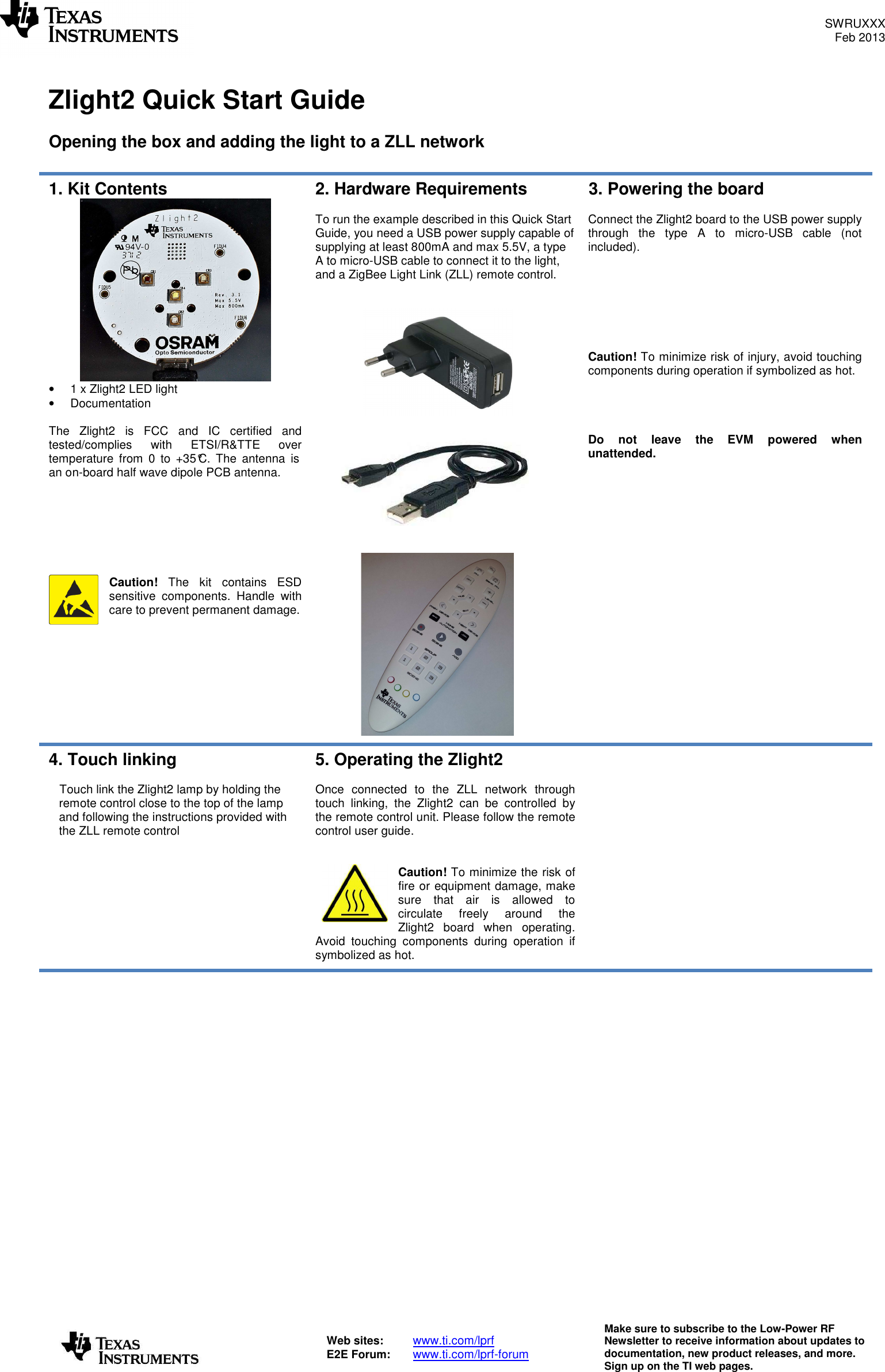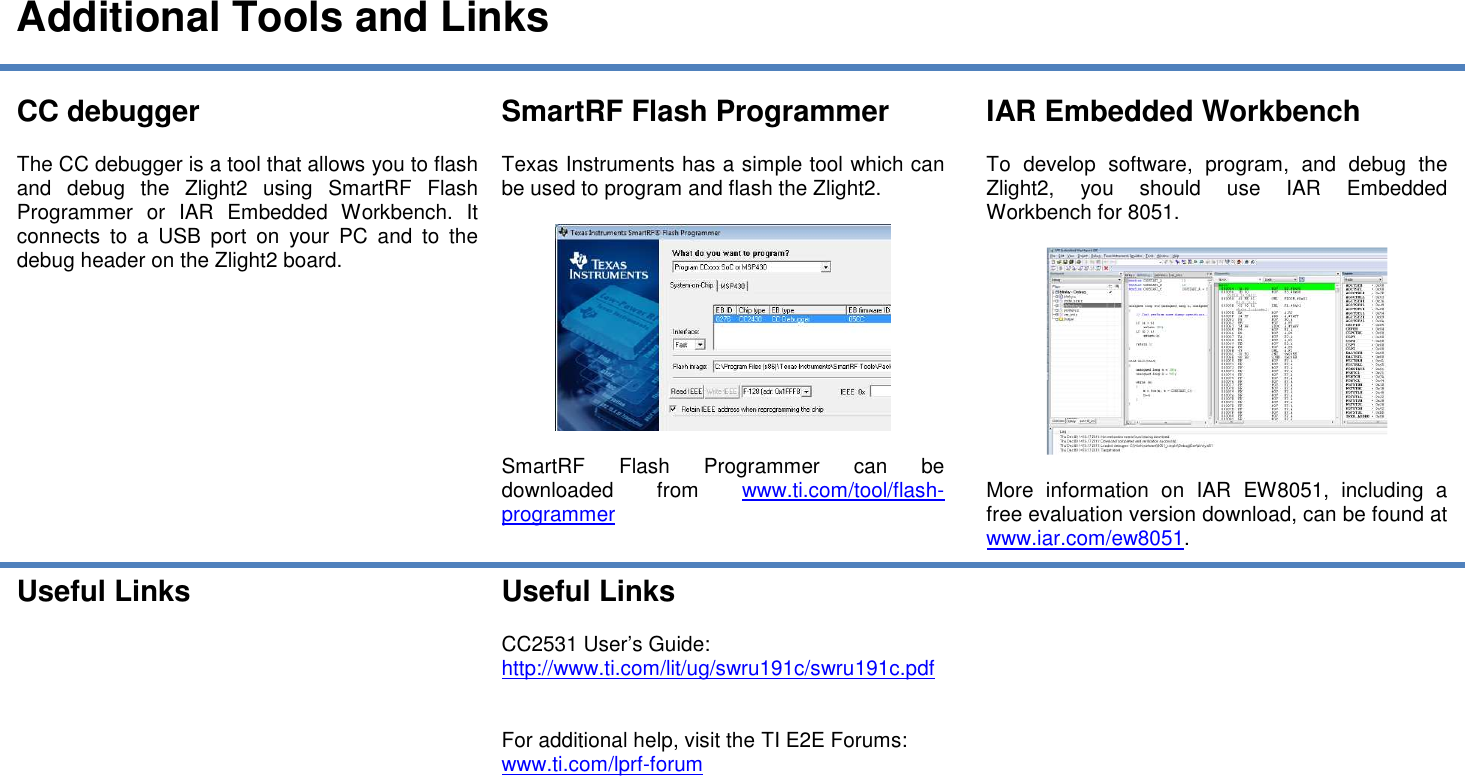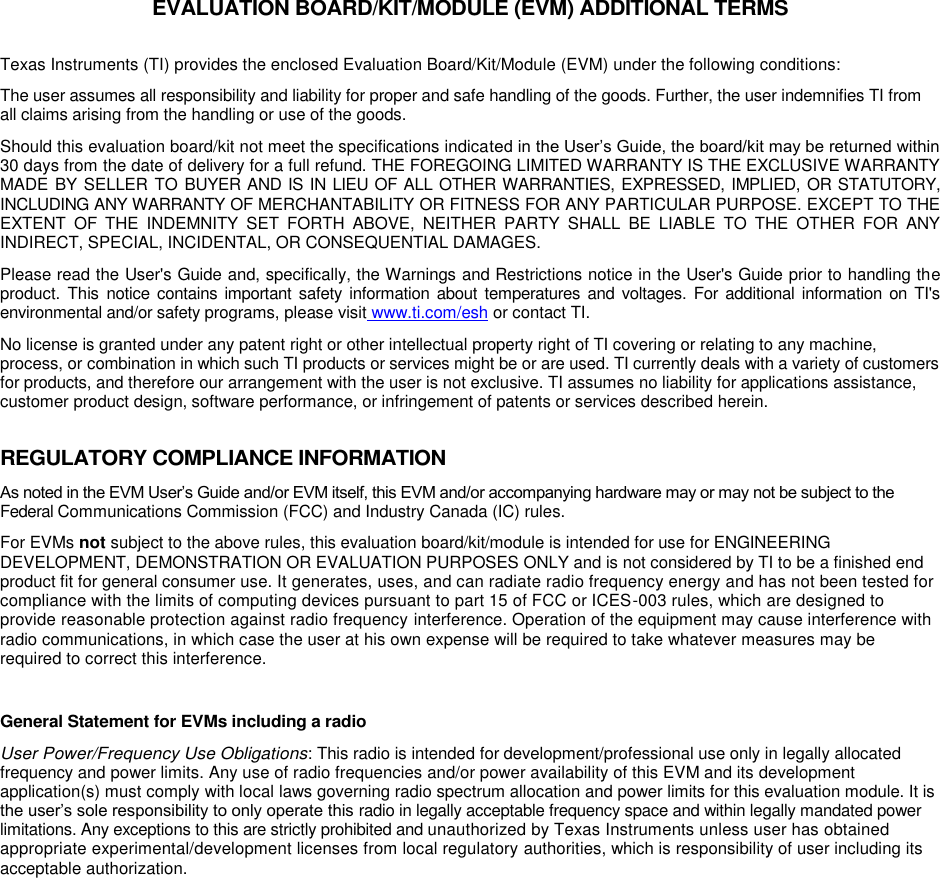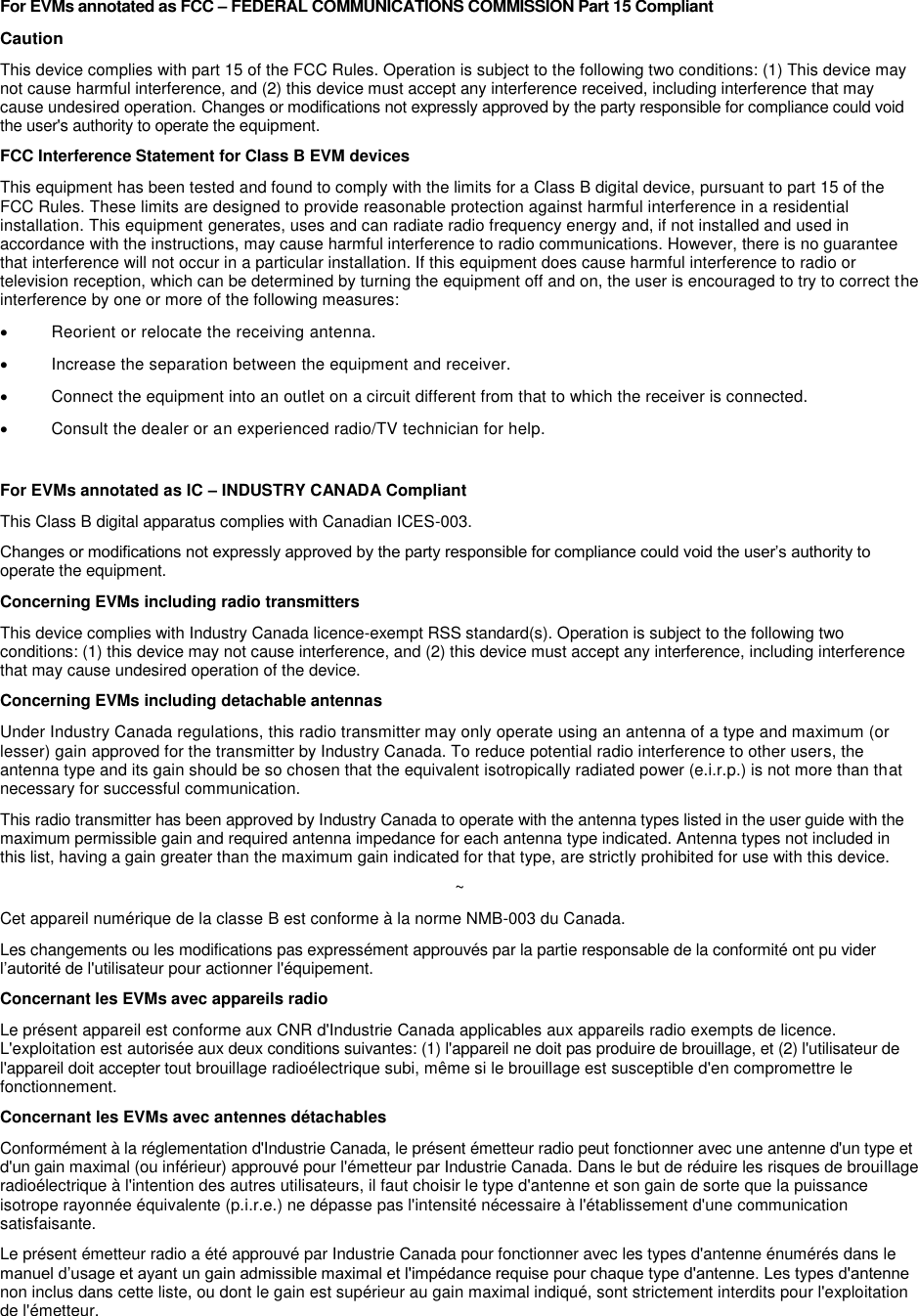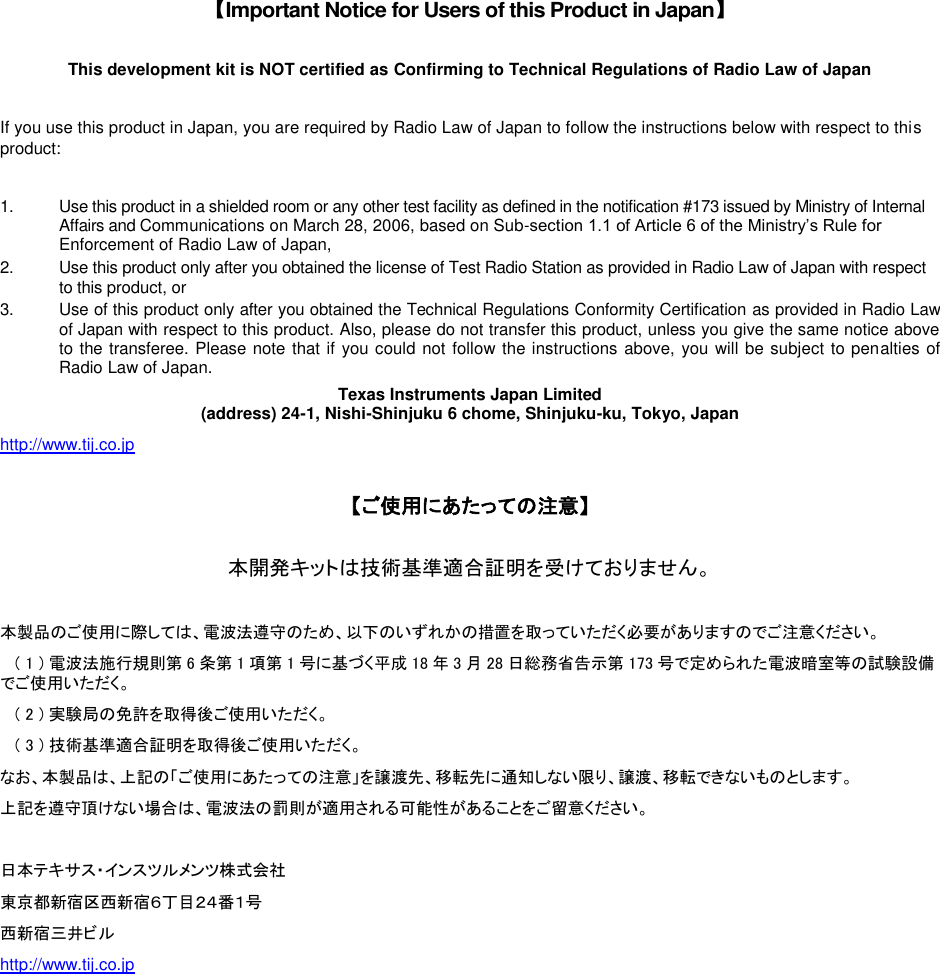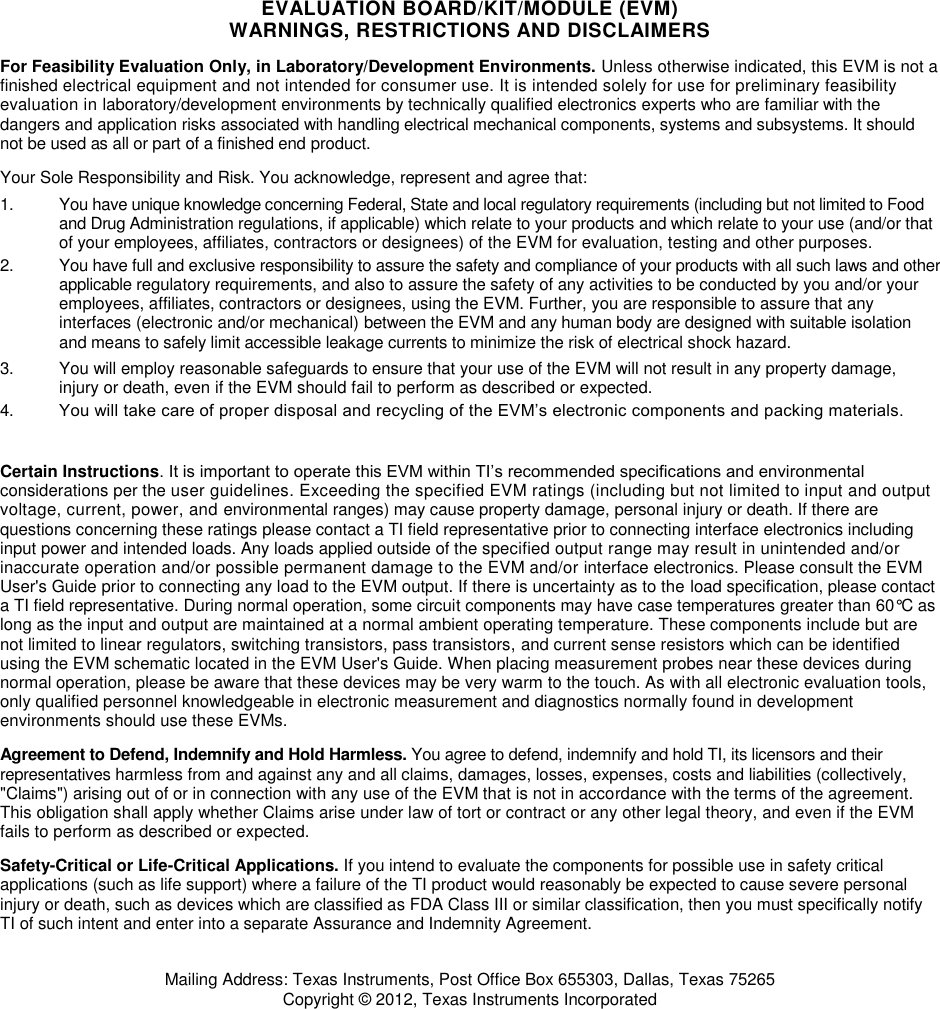Texas Instruments ZLIGHT2 The Zlight2 is a development tool for TIs 2.4 GHz CC2531 IEEE802.15.4 System-on-Chip with USB. User Manual Zlight2 Quick Start Guide
Texas Instruments Inc. The Zlight2 is a development tool for TIs 2.4 GHz CC2531 IEEE802.15.4 System-on-Chip with USB. Zlight2 Quick Start Guide
Users Manual
